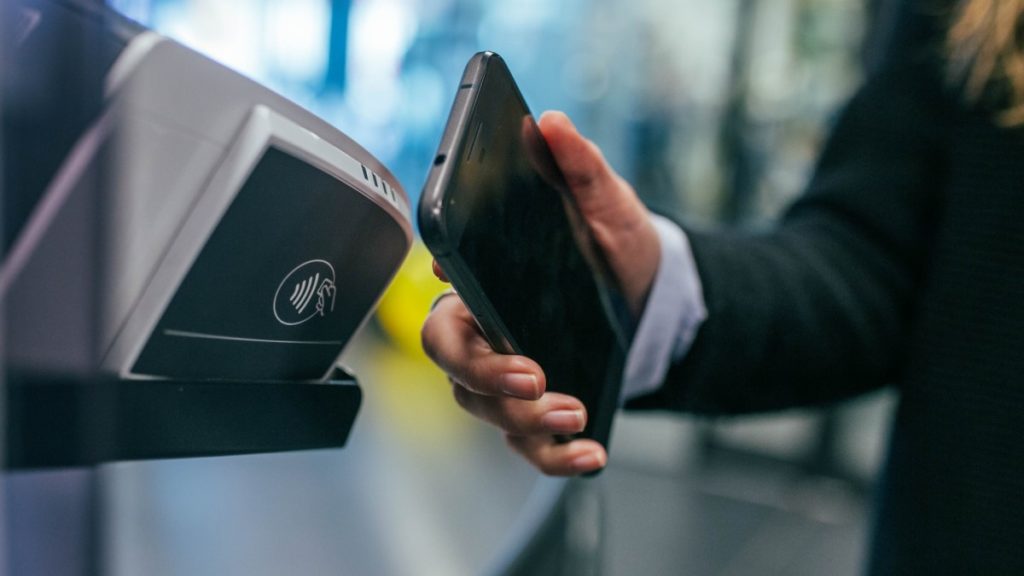
HYPERVSN 3D Catalog
USD 1,200
Qty

HYPERVSN 3D Catalog
USD 1,200
Qty

HYPERVSN 3D Catalog
USD 1,200
Qty
Cart Subtotal:
USD 3,600

HYPERVSN
Marketing Department
Touchless technology is a term that refers to any device or system that can operate without physical contact. It can use various sensors, such as cameras, infrared, ultrasound, or voice recognition, to detect and respond to human gestures, movements, or commands. It has many applications and benefits in different domains, such as healthcare, education, entertainment, security, and accessibility.
One of the main advantages of touchless technology is that it can reduce the risk of spreading germs and viruses through shared surfaces. It is important in the context of the COVID-19 pandemic, which has increased the demand for contactless solutions in various settings. For example, touchless technology can enable people to access information, make payments, or control devices without touching screens, buttons, or keyboards. It can help prevent cross-contamination and improve hygiene and safety.
Another benefit of touchless technology is enhancing user experience and convenience. It can provide faster and more intuitive interactions and personalized and adaptive feedback. For example, touchless technology can allow users to control smart home devices with simple gestures or voice commands or to unlock their phones with facial recognition. It can also create immersive and engaging experiences, such as virtual or augmented reality, that can stimulate the senses and emotions.
A third advantage of touchless technology is that it can improve accessibility and inclusion for people with disabilities or special needs. It can offer alternative ways of communication and interaction that do not rely on physical abilities or skills. For example, touchless technology can enable people with visual impairments to navigate their surroundings with voice guidance or haptic feedback or people with hearing impairments to access information with sign language recognition or text-to-speech. Touchless technology can also help people with cognitive or learning difficulties to access education and entertainment with gamification or adaptive learning.
Touchless technology is not without challenges and limitations, however. The issues that need to be addressed are privacy, security, accuracy, reliability, and ethical implications. For example, it may collect and store sensitive personal data, such as biometric information or location data, which may pose risks of hacking or misuse. Touchless technology may also have errors or malfunctions that may affect its performance or functionality. Moreover, it may raise ethical questions about its impact on human behaviour, social norms, or values.
There are several types of touchless technology that are widely used today.
RFID/NFC. These technologies rely on radio-frequency signals to exchange data between devices. These signals are often used for contactless payments, identification, and access control. For example, a customer can use a contactless credit/debit card or a mobile device to pay for a purchase without touching a terminal or handing over their card.
Gesture recognition. This technology allows users to make simple gestures to control or interact with devices without physically touching them. We use it for gaming, entertainment, and navigation. For example, users can wave their hands to turn on a TV or swipe their fingers to scroll through a menu.
Touchless sensing. The technology can detect the presence or motion of a person under a sensor. It is often used for automatic doors, faucets, toilets, and hand dryers. For example, a door can open automatically, when a person approaches it, or a tap can start running when it senses hands nearby.
Voice activation. This technology uses voice recognition software to analyze sounds and perform tasks based on the information provided via voice. We use it for smart home devices, virtual assistants, and search engines. For example, a user can ask Siri to set a timer or Google Home to play music without touching their phone or computer.
Touchless technology is a rapidly evolving field that has the potential to transform the world in many ways. It can offer many benefits for health, convenience, and accessibility, but it also poses some challenges and risks that need to be considered and addressed. It is not a replacement for human contact but a complement that can enhance our lives and interactions.




subscribe

USD 1,200
Qty

USD 1,200
Qty

USD 1,200
Qty
Cart Subtotal:
USD 3,600☎️